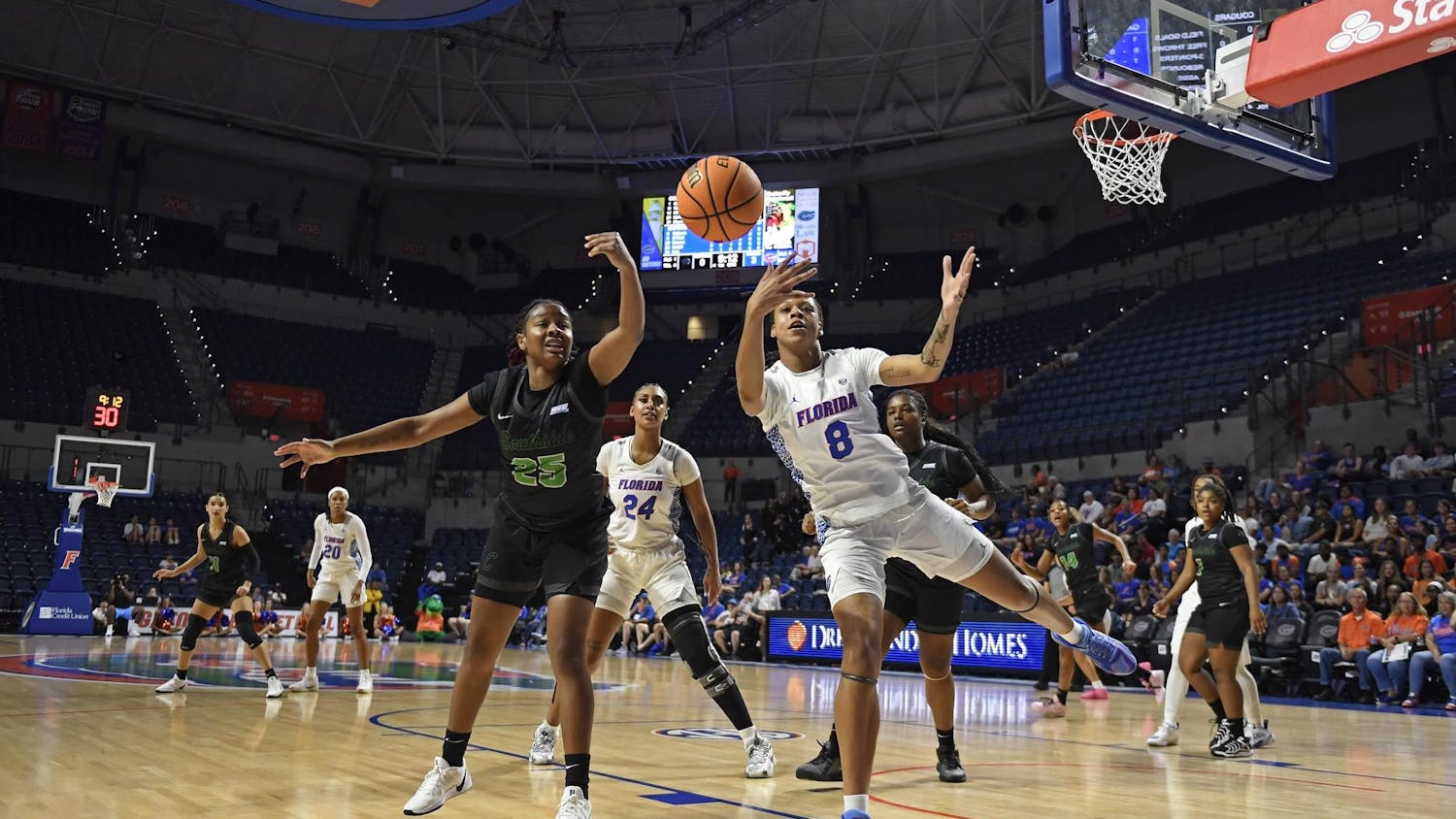When Kimberly Vacca walks into a room, she searches faces. She looks for anyone with dark skin and blue eyes. She knows it sounds crazy, but there could be a chance that they are related to her.
Her mother, Kathy, chose her father, a sperm donor, because of his blue eyes.
Vacca, a UF sustainability and the built environment sophomore, is one of tens of thousands of children born through artificial insemination in 1992. An estimated 30,000 and 60,000 children are born per year through sperm donation, according to The New York Times.
However, those figures have been in decline in the last 10 years. Recently, egg donation has risen in popularity.
While UF does not have a sperm bank, it does offer egg donation.
The first successful egg donation procedure was done in Australia in 1983, but UF Reproductive Medicine has been practicing it for about 15 years, said Dr. Alice Rhoton-Vlasak, a clinical associate professor in the UF College of Medicine's division of reproductive endocrinology and infertility.
The ideal candidate is a healthy woman between the ages of 21 and 30. The potential donor gets a physical and is screened for infections and diseases, said Kevin Bishop, donor egg program coordinator at UF.
Donating eggs is a six- to eight-week commitment.
Women have to start on a specific birth-control pill for about three weeks. They also have to inject and take daily medicine to stimulate egg production. While the egg removal process only takes about an hour, it takes about two to three weeks for a woman's cycle to return to normal.
Women are compensated because the process is extensive. At UF, women are paid $3,000.
Last year 15 women were impregnated by donor eggs at UF, and 12 of them became successfully pregnant, according to UF Reproductive Medicine.
The process has a high success rate, but there are ethical issues surrounding the process of third-party reproduction.
For example, all Vacca knows about her biological father is that he is 5-foot-11-inches tall and is Australian, Danish and Colombian.
"I don't feel like I missed out on not knowing my biological father," Vacca said. "But I can't ever know if I did."





